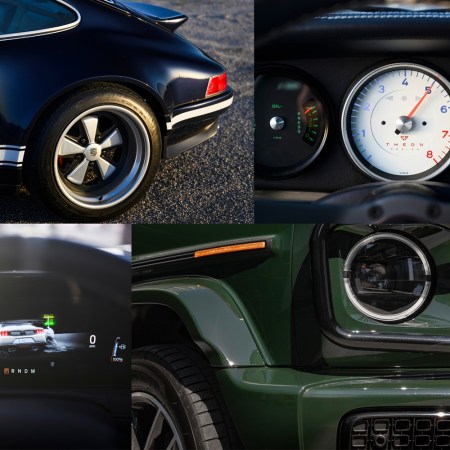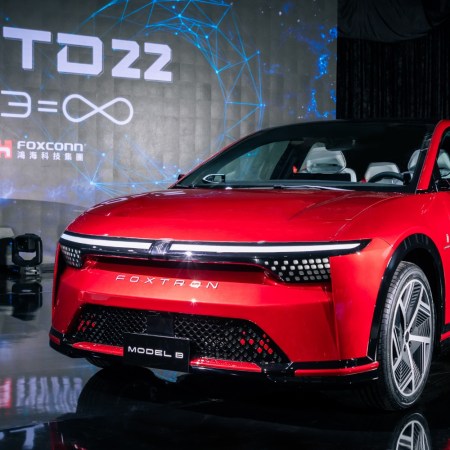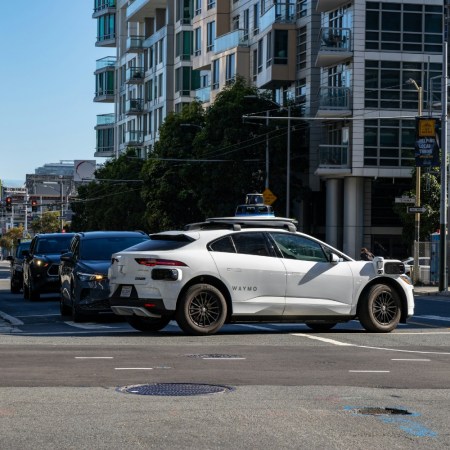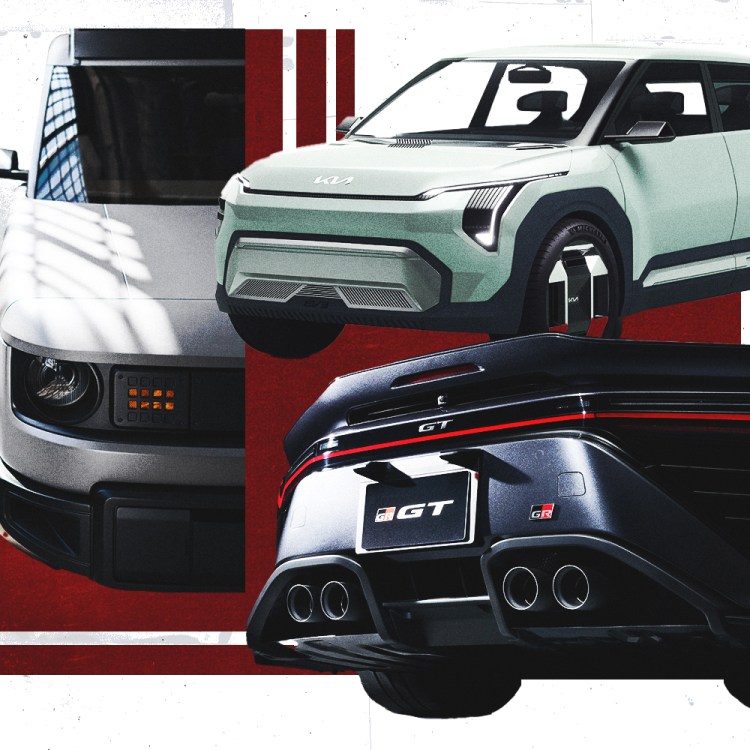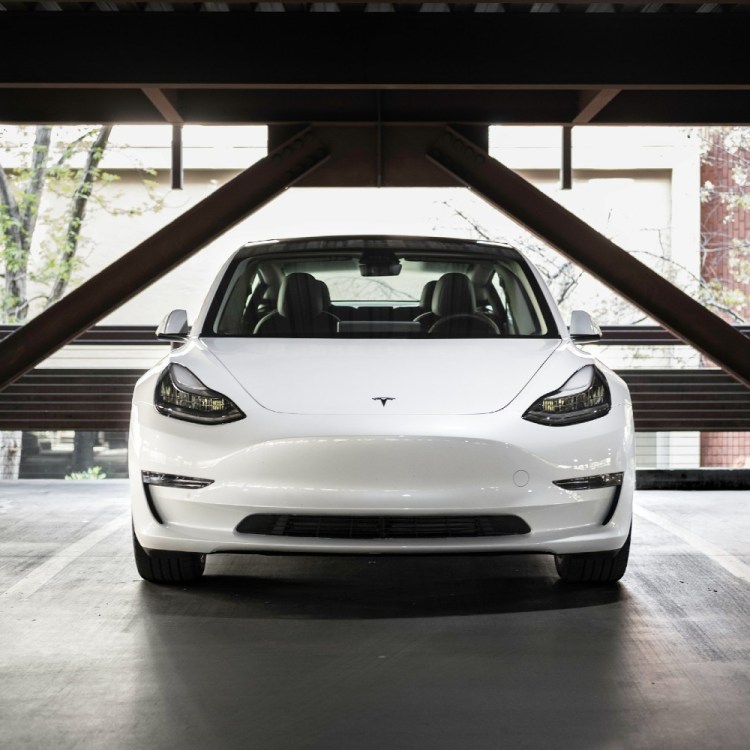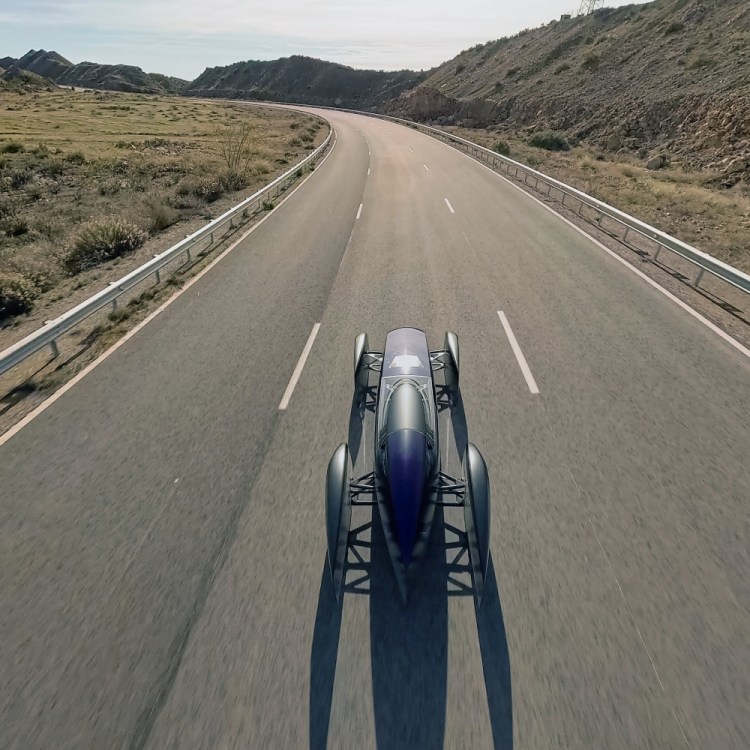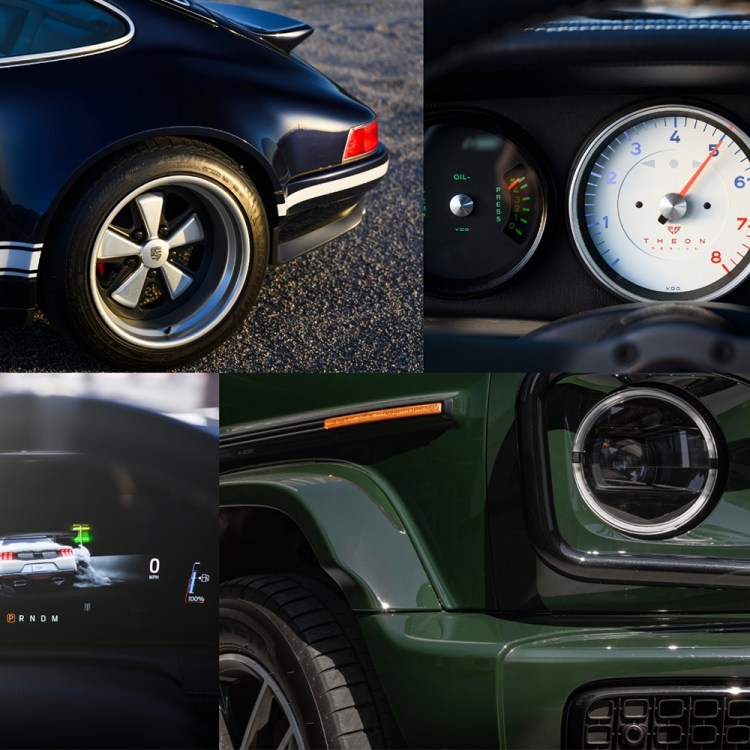If you’ve bought a new car in the last few years, you’ve probably gotten experience driving with a driver assist system in place. In theory, that’s a very good thing — if, for example, a layer of added technology can keep you from drifting out of your lane or colliding with a parked car. And it’s nominally reassuring to know that similar features are in place on a host of other vehicles on the road.
Note the use of “nominally” in the above sentence. That’s there for a reason, and it’s not a good one. As Jason Torchinsky at Jalopnik reports, a new study from Car and Driver suggests that it’s a lot easier to fool driver assist systems than — one assumes — the engineers who came up with them would like them to be.
Among the Car and Driver findings: that driver assist systems that rely on torque pressure on a steering wheel can be tricked by a weight, and that 17 of the vehicles in the study didn’t check to see if someone was actually in the driver’s set.
Looking more deeply into the study, there are even more alarming findings to be had. That includes the fact that a number of cars didn’t react when a driver’s seatbelt was unbuckled when cruise control and lane centering were enabled. Things get more alarming from there.
“Riding lawn mowers can detect a missing driver,” wrote Car and Driver‘s Dave VanderWerp. “Why can’t cars?” It’s a good question, and one that makes the ongoing debate over driver assist systems even more urgent.
Thanks for reading InsideHook. Sign up for our daily newsletter and be in the know.


